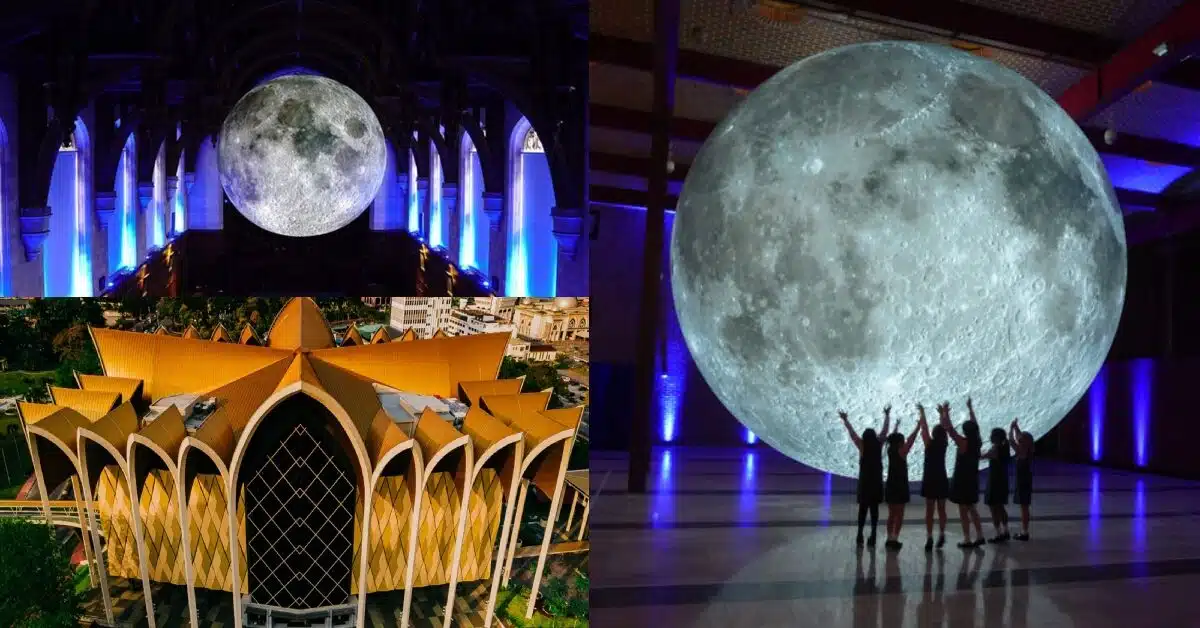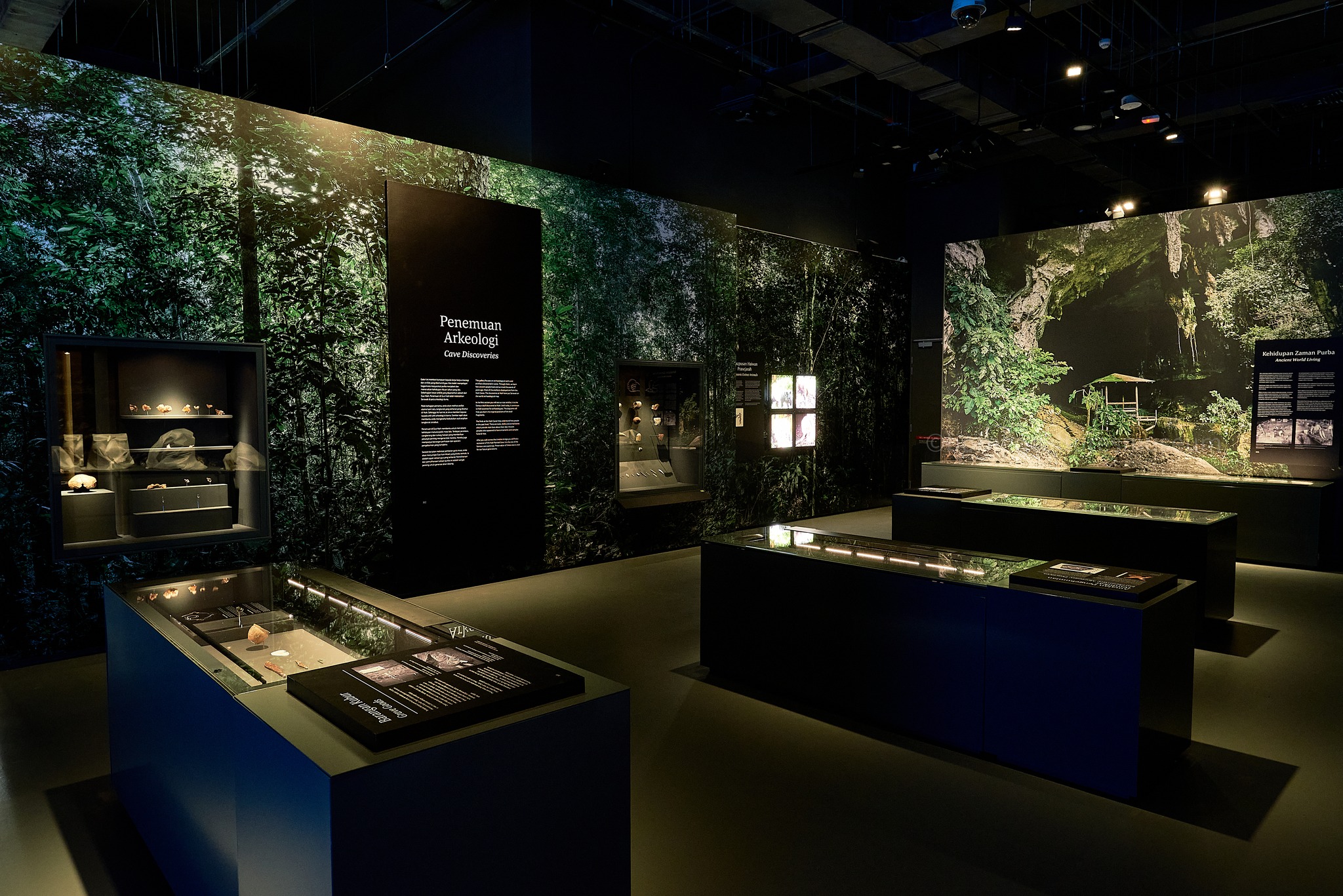Accept Borneo's Heritage: Visit Cultures Museum
Accept Borneo's Heritage: Visit Cultures Museum
Blog Article
Delve Into the Interesting Globe of Borneo's Cultural Heritage: A Comprehensive Overview to the Cultures Gallery Experience
Submersing oneself in the detailed tapestry of Borneo's social heritage belongs to starting a voyage via time and tradition. The combination of native tribes, conventional handicrafts, fascinating efficiencies, and historical stories housed within the confines of the island's museums supplies a look into a globe including profound traditions and dynamic customs. As site visitors traverse via these databases of culture, they are beckoned to explore a realm where past and present intermingle, welcoming reflection on the strength and splendor of Borneo's diverse heritage.
Indigenous Tribes of Borneo
Borneo is home to over 50 indigenous people, each with special cultural practices and customs that have actually been maintained for generations. Amongst these people are the Iban, known for their standard longhouses and complex tattoos where multiple family members reside. The Dayak individuals, one more prominent team, take part in intricate spiritual ceremonies and are competent artisans, crafting detailed timber carvings and woven textiles. The Penan people, on the other hand, are nomadic hunter-gatherers with a deep link to the jungle, utilizing blowpipes for hunting and event wild plants for nutrition.
These indigenous tribes play an essential function in keeping Borneo's abundant social tapestry. Despite external impacts and innovation, several people remain to maintain their beliefs, customizeds, and languages. Visitors to Borneo have the opportunity to engage themselves in the special way of lives of these tribes through cultural trips, homestays, and community-based tourism initiatives. By involving with these indigenous neighborhoods, visitors can acquire a deeper appreciation for the diversity and resilience of Borneo's aboriginal heritage.
Traditional Inventions and Artefacts

One famous example of standard inventions in Borneo is the production of woven goods - Borneo Cultures Museum. Knowledgeable weavers utilize all-natural fibers like pandan, bamboo, and rattan entrusts to create elaborate baskets, floor coverings, and devices decorated with colorful patterns that hold symbolic significances within the neighborhood
The art of woodcarving is an additional substantial facet of Borneo's conventional handicrafts. Craftsmens sculpt detailed layouts into various sorts of wood to produce masks, sculptures, and musical tools that not just offer practical objectives but also hold social relevance, frequently illustrating mythology or spiritual ideas.
Furthermore, Borneo is renowned for its beadwork, with artisans carefully crafting beads from materials like glass, seeds, and coverings to produce fashion jewelry, garments decorations, and ornamental things that display the area's vivid visual practices. These conventional handicrafts and artifacts not only work as tangible expressions of Borneo's cultural heritage but also provide understandings into the areas' beliefs, worths, and way of living.

Cultural Performances and Festivals
With a deep-rooted link to their social practices, the neighborhoods in Borneo come to life through vibrant social efficiencies and events that commemorate their heritage. These occasions showcase the rich variety of Borneo's ethnic teams, each offering one-of-a-kind dancings, songs, and routines that have been given through generations. One of the most prominent festivals is the Gawai Dayak, commemorated by the Dayak people to note the rice gathering period. During this celebration, conventional songs fills up the air, elaborate dancings are done, and elaborate typical costumes are used. An additional substantial occasion is the Pesta Kaamatan, celebrated by the Kadazandusun area to provide thanks for the rice harvest. This event features cultural efficiencies, consisting of the Sumazau dance, and traditional sporting activities like the bamboo dance. Visitors to Borneo can submerse themselves in these festivities, acquiring a deeper understanding of the region's cultural heritage and experiencing the cozy friendliness of its people. Cultural efficiencies and festivals function as a lively reminder of Borneo's abundant social tapestry and my site the value of preserving these practices his explanation for future generations.
Historic Stories and Artefacts
Discovering the historic narratives and artifacts of Borneo offers an interesting peek into the area's abundant past and cultural evolution. Borneo's historic tapestry is woven with varied impacts, showing the interactions between indigenous people, Chinese investors, European colonizers, and Malay sultanates. The artifacts discovered in Borneo showcase this elaborate background, varying from standard crafts like complex beadwork and woodcarvings to historical treasures such as old ceramic and tools.
Among the most engaging facets of Borneo's historical stories is the conservation of dental customs passed down via generations. These tales supply understandings right into the beliefs, custom-mades, and every day lives of Borneo's residents throughout the centuries. The artifacts unearthed from archaeological sites supply concrete links to these narratives, allowing visitors to witness the material society of previous cultures firsthand.
Contemporary Cultural Conservation Initiatives

Additionally, academic programs and cultural exchange tasks play an important duty in elevating recognition about the significance of preserving Borneo's unique social heritage. By involving schools, galleries, and the bigger neighborhood in discussions and activities that celebrate Borneo's varied cultures, conservation initiatives can obtain momentum and assistance for long-term sustainability. visit the website Collaborations between governmental bodies, charitable companies, and regional communities are essential in driving these preservation ventures forward, ensuring that Borneo's abundant cultural heritage continues to be dynamic and cherished for generations to find.
Final Thought
Finally, the cultural heritage of Borneo is abundant and varied, with native people, standard handicrafts, social efficiencies, celebrations, historic narratives, and modern conservation efforts all adding to its originality and relevance. Visitors to Borneo's social museums can get a deeper understanding and appreciation of the region's social heritage, permitting a much more immersive and informing experience.
Submersing oneself in the complex tapestry of Borneo's social heritage is akin to beginning on a voyage with time and practice.With a deep-rooted connection to their social practices, the neighborhoods in Borneo come active through lively social performances and festivals that commemorate their heritage. Cultural performances and festivals serve as a vivid suggestion of Borneo's abundant cultural tapestry and the relevance of protecting these traditions for future generations.
In addition, educational programs and cultural exchange activities play a critical function in elevating recognition concerning the importance of protecting Borneo's unique social heritage. Cooperations in between governmental bodies, charitable companies, and neighborhood communities are crucial in driving these preservation undertakings forward, guaranteeing that Borneo's abundant social heritage continues to be vivid and treasured for generations to come.
Report this page